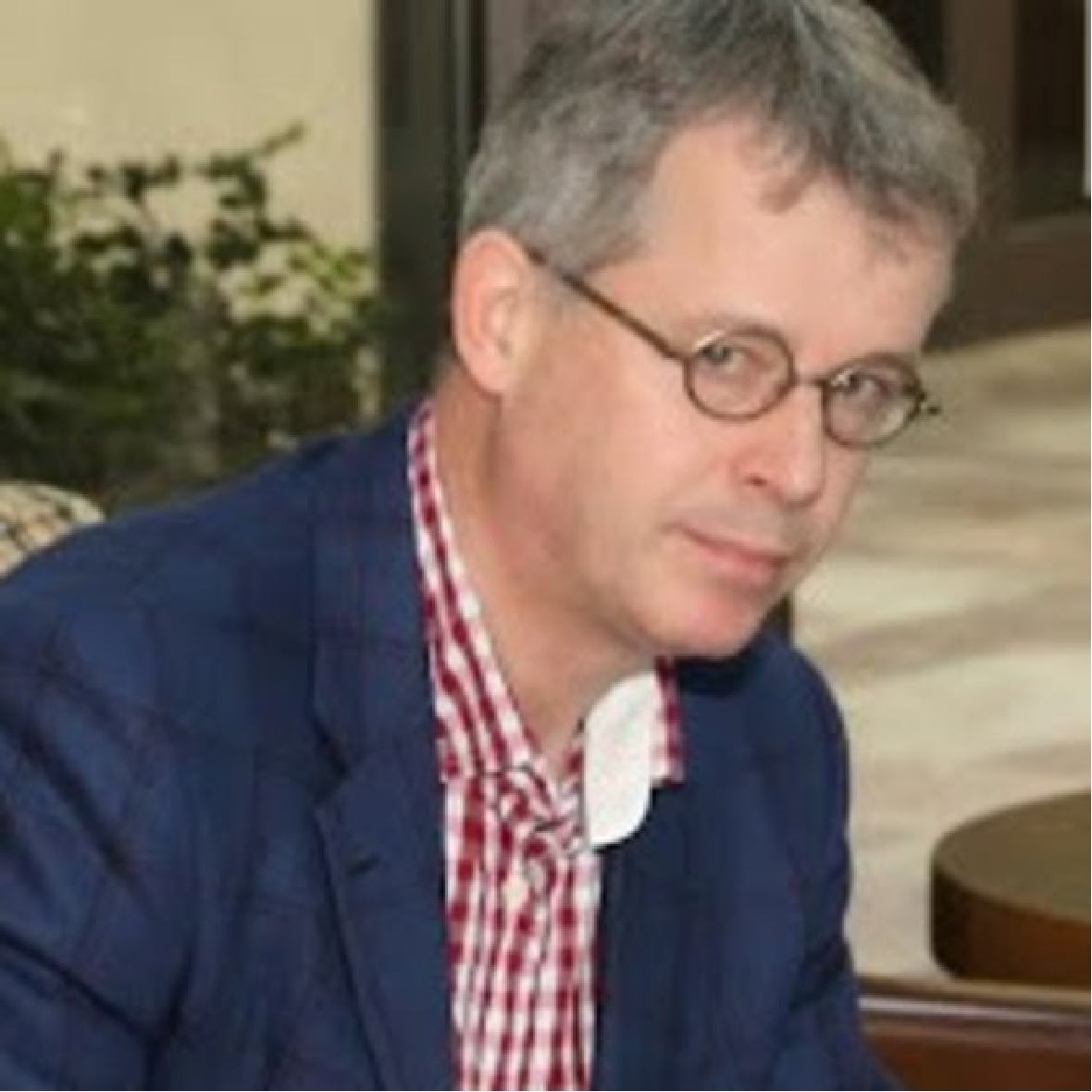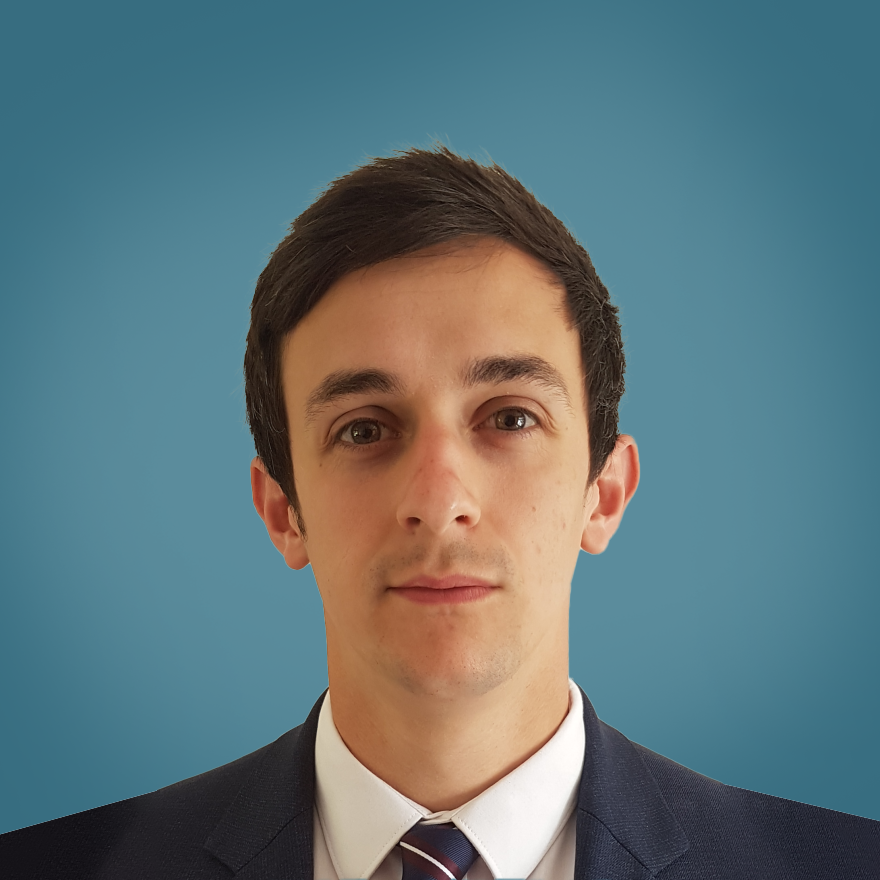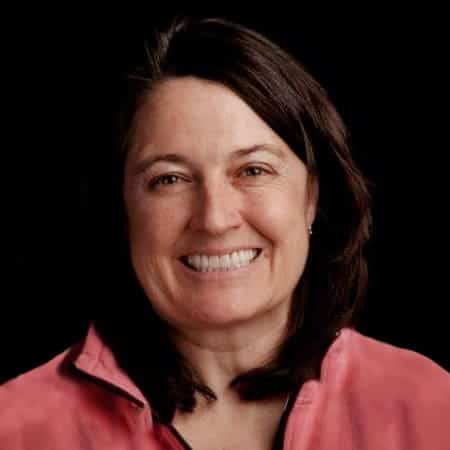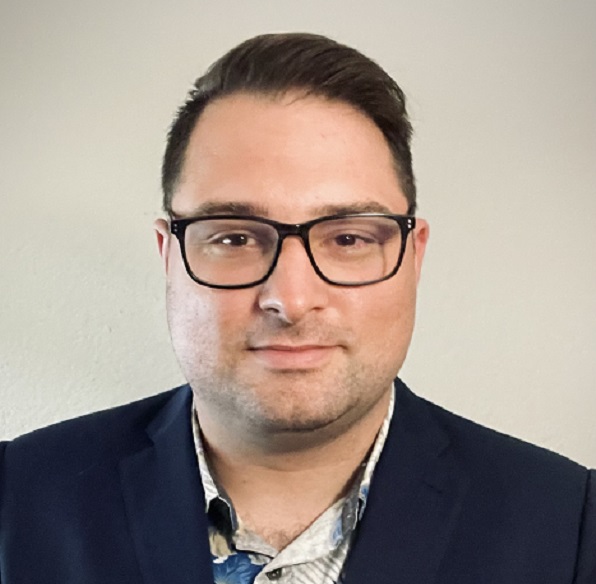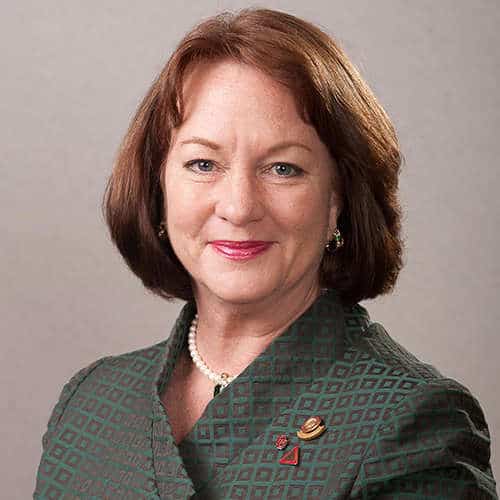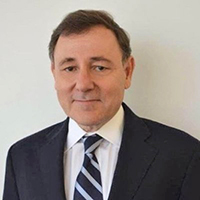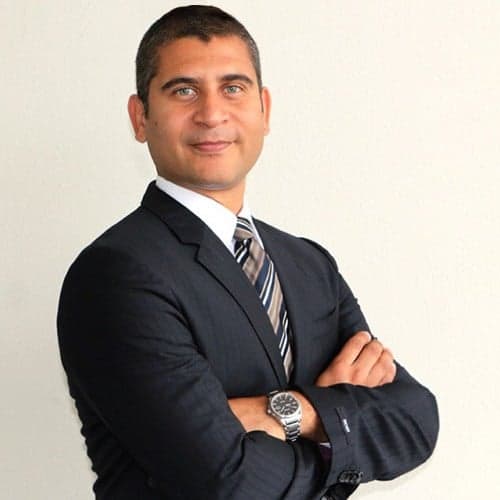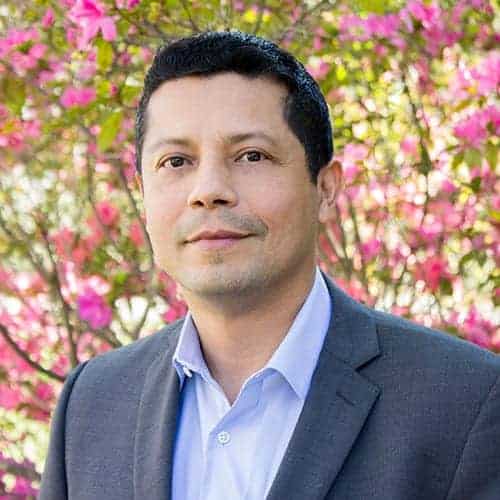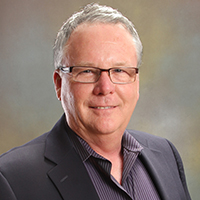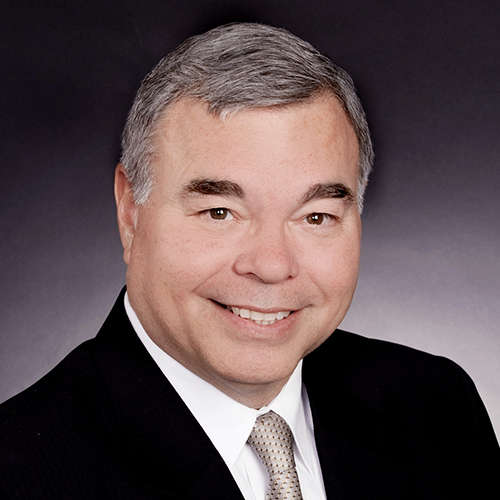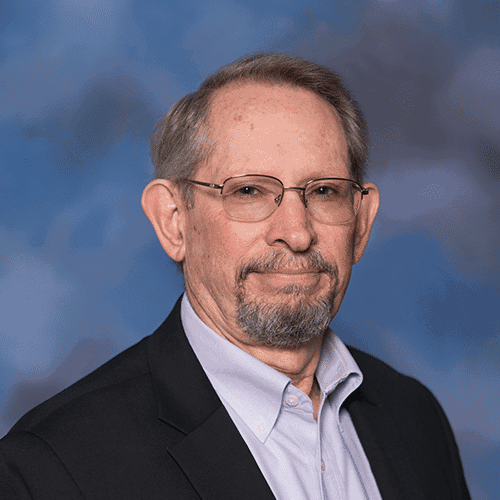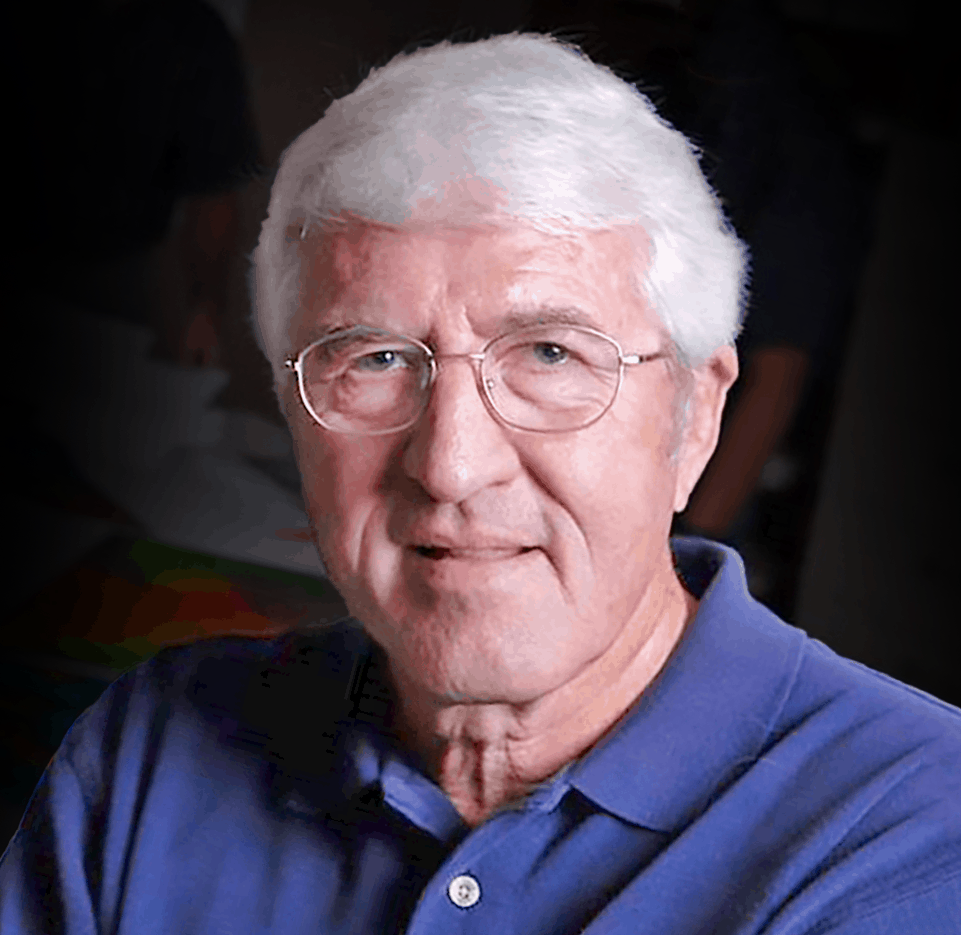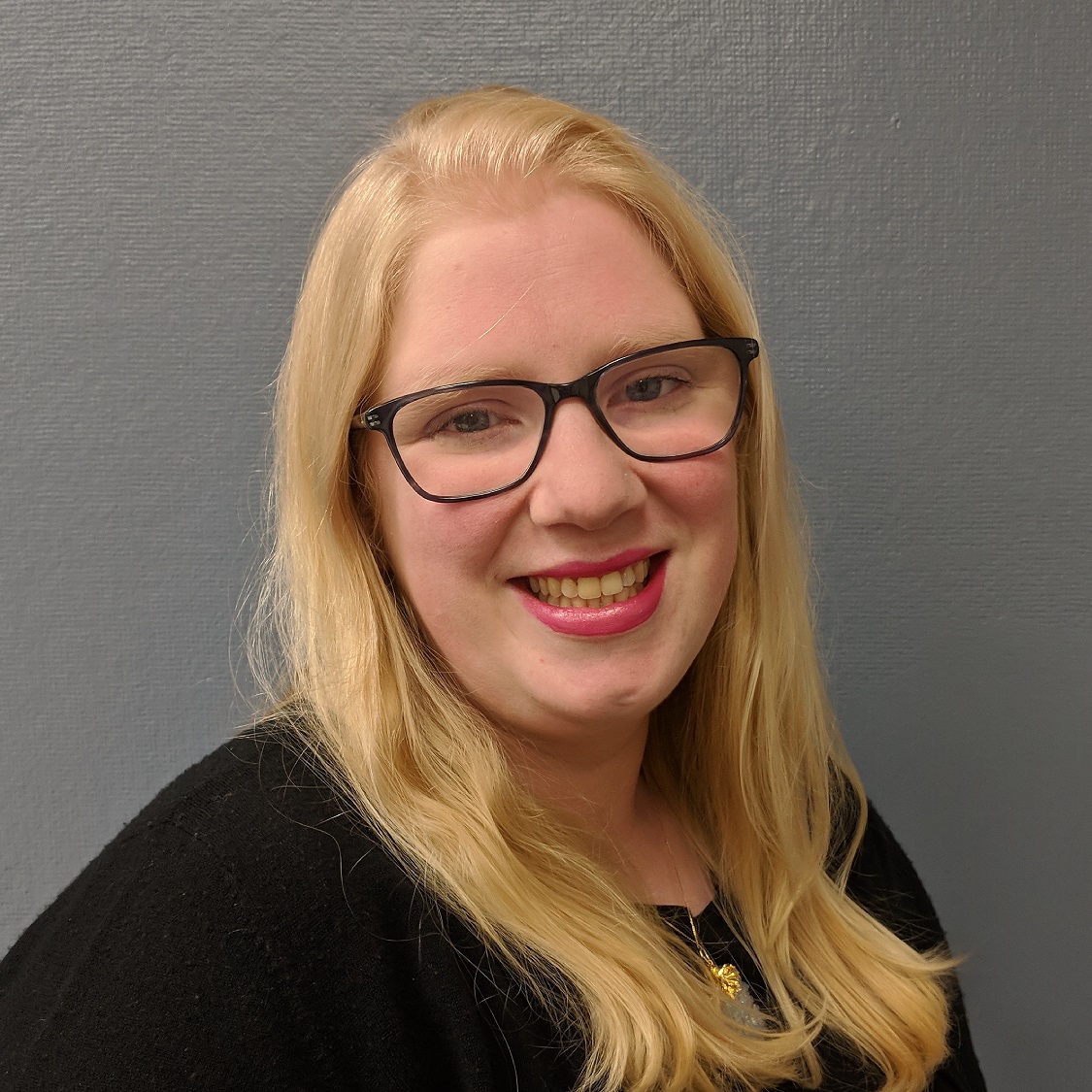
Sr. Geophysical Advisor Alvaro Chaveste will be presenting at the DGS 3D Seismic Symposium at the Studio Loft at Ellie Caulkins.
The event will take place 7 March 2024 from 8:00 AM – 6:00 PM. The 29th annual event is themed, ‘Expanding Our Bandwidth.’
Describing the Subsurface with Machine Learning: A change of paradigm that goes beyond modeling and inversion.
Alvaro Chaveste, Rocky Roden, and Carrie Laudon
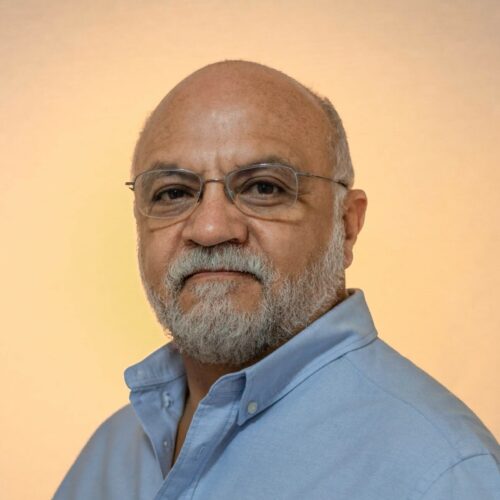
Alvaro Chaveste
Sr. Geophysical Advisor
Geophysical Insights
Abstract
Current reservoir description methods rely on deterministic techniques based on physical models. We have, for example, pre-stack inversion that requires that seismic data conforms to AVO equations; or petrophysical inversion that takes rock properties (i.e., P-Impedance, S-Impedances, lr, etc.) and transforms these to reservoir properties (i.e., porosity, lithology, fluids, etc.) through complex mathematical equations. There are several inconveniences with these techniques, which include:
- Fitting data to physical models. This is seldom accomplished satisfactorily despite rigorous processing sequences and QC.
- The Interpreter often requires more than two reservoir properties but gets only two rock properties from seismic inversion. This is an undetermined system with an infinite number of solutions.
We present an alternative approach to reservoir description. It is based on statistical modeling that does not require that data fit physical models. It removes the dimensionality roadblock by incorporating several seismic attributes (usually five to 10) into the analysis. In this methodology, self-organized maps (SOM) are used to classify, sample by sample, the seismic attributes. This results in interpretable data below the wavelet’s limit of resolution. In the last step, the classified clusters (neurons) are re-classified to lithofacies by correlating well-data to neurons from seismic at well locations. The result is a 3D lithofacies volume with interpretable data below the limit of wavelet’s resolution and improved horizontal resolution.
The alternative approach is showcased with data from the Niobrara formation in the Denver-Julesburg Basin in Colorado. The Well-logs display shown on the left side of Figure 1 compares the seismic trace, neurons from SOM of seismic attributes, and lithofacies from well-logs. The figure illustrates that lithofacies from well-logs are considerably thinner than a seismic trough. The right side of the Figure shows the result of SOM-to-Facies Correlation, with the Lithofacies from Well-logs inserted at the well location. Note that the lithofacies, with thicknesses below the wavelet’s limit of resolution, are positioned in the correct vertical position and show spatial continuity. The fault at the left of the is well imaged as a sharp lateral break in the SOM-to-Lithofacies section.

